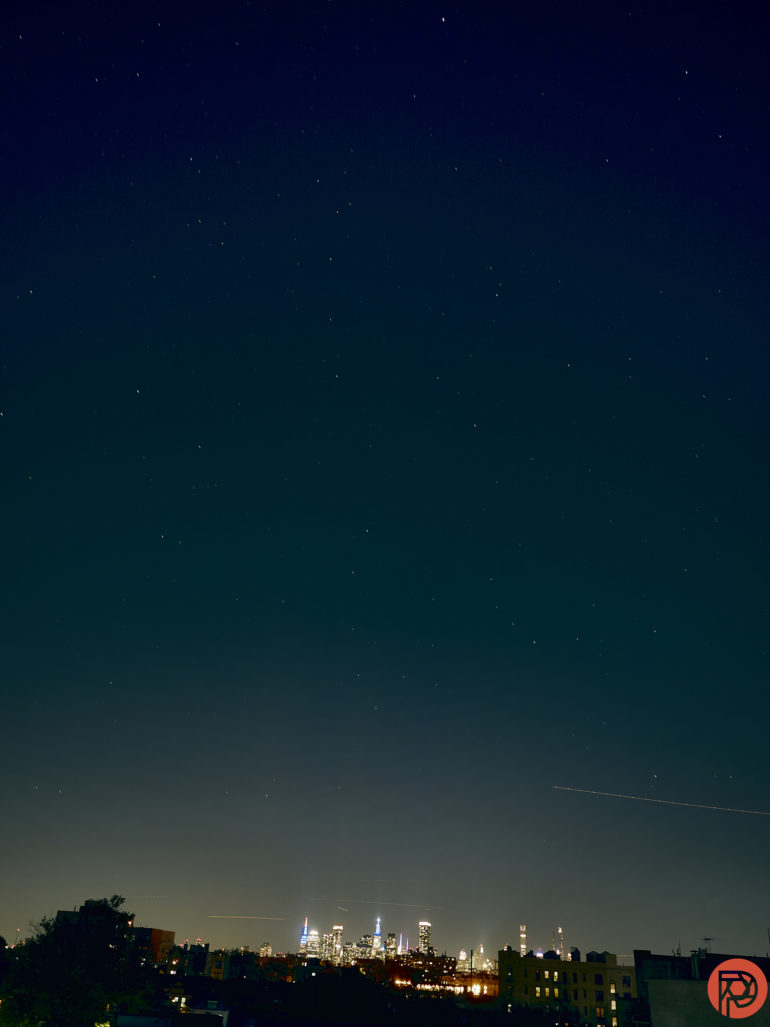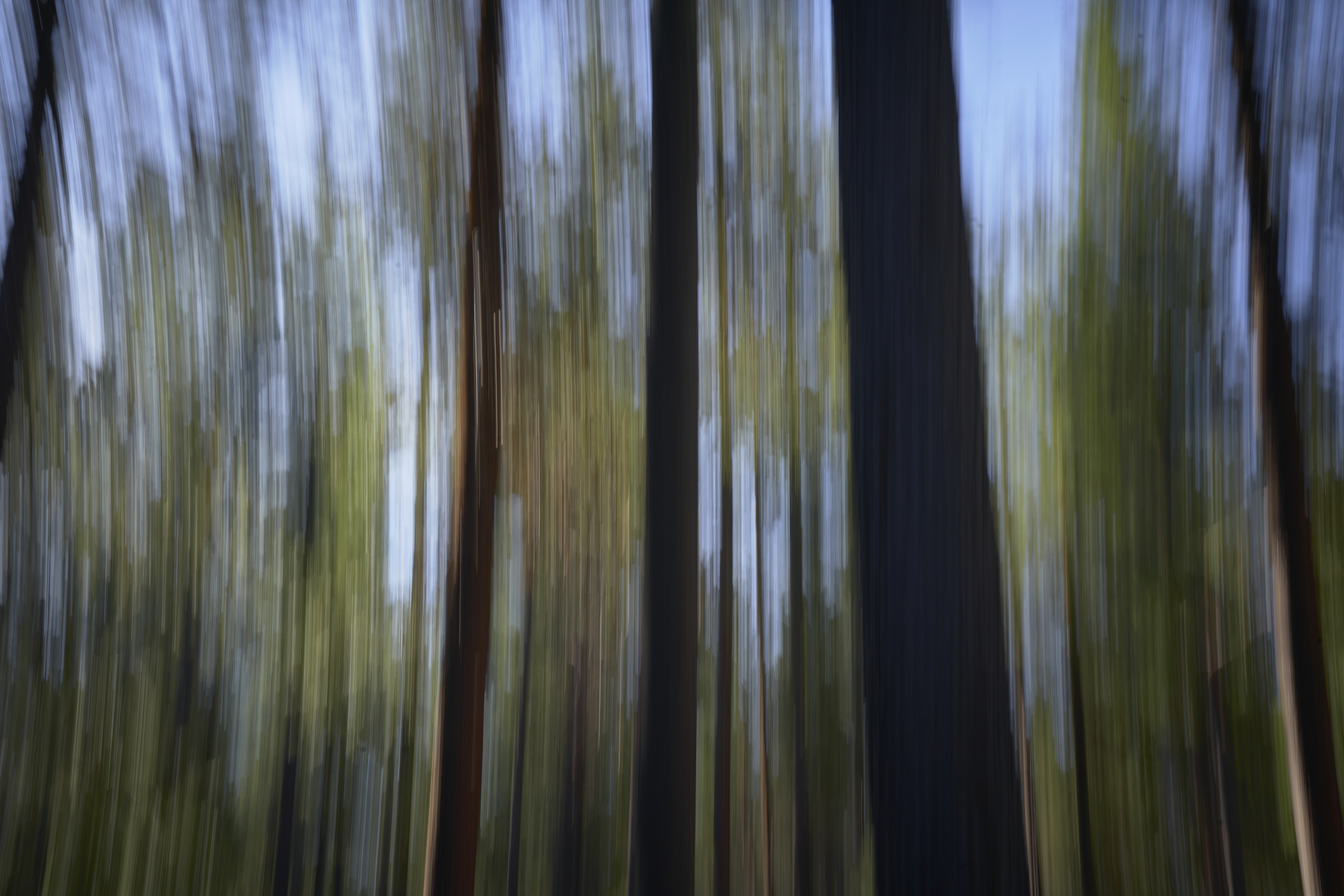Yes, that’s right. A photography composite isn’t a photograph. It never was. We were just calling it that for most of history. We’ve never called a bunch of paintings put together a single painting: we called it a collage. Other art forms are similar in that it’s impossible to combine a bunch of things to form a single unit. We can’t do that with pottery, woodworking, drawing, glass blowing, etc. A finalized plate of food is called a dish and only really becomes a dish after processing and combining several things together. When different songs are combined, they’re labeled as remixes to signify that it’s different from the original. So why isn’t it that way for photographers? Well, there’s a lot that goes into the making of a photograph.
To put it bluntly, compositors, for years, have tried to market themselves as photographers and sometimes fail at it. So that could be a part of it. But let’s delve into the more realistic answers.
Table of Contents
Moment
When you’re taking a photograph, the moment is a massive part of it. In fact, it’s probably the most essential part of storytelling. You’re sometimes capturing a moment. An example of this is a bird catching some prey. Another fantastic moment is the viral image that went around during the Black Lives Matter protests. These specifically have important moments that are real, organic, and that have actually happened.
Let’s put this into more context. If you took the nicely dressed woman in the viral image along with the cops out of the scene that they’re in, the moment would be gone. The reason why is that we’re clearly in a particular place that makes the moment happen. Indeed, the act of making Photoshop composites ruins the moment.
When you create those images using AI, it’s not making a moment. It’s simply creating something based on the cues you’re giving it from your imagination. Those photos genuinely lack a real, human moment.
Subject
With Photoshop composites, there’s usually a subject or a few of them. But those subjects often also have organic importance to the rest of the scene. They can be seen as collaborators. A portrait subject can be molded by you easily into whatever pose you want, or they can improvise. The clouds in the sky can do whatever they want when you’re shooting a landscape. Sometimes, they might cover the sun, while at other times, they’ll let it shine through. You can organically get this with photography but not with Photoshop composites.
Gear

A large number of photographers say that gear doesn’t matter in photography. But it indeed does. I can’t capture the moment that a runner crosses the finish line in the same way with an a9 series camera that I can with a large format camera. The gear dictates how you shoot. This, in turn, can affect the moment, the way the subject is perceived and can affect how the photographer thinks.
Like it or not, the gear really matters here. And if you’re making Photoshop composites, the equipment doesn’t really matter. This is because you’re simply pulling photos from a ton of places and then working with them to create a collage.
Some cameras from OM System and Panasonic have a feature called Live Composite. I’ve used it many times to photograph stars above NYC. In this case, you’re making a composite; but there’s a specific creative vision that’s happening live in front of you in-camera. You’re arguably capturing a ton of moments and having the camera blend them together. This is the creation of a photograph rather than a photoshop composite.
The Importance of the Photographer
The photographer’s creative vision is very important to making a photograph. But the photographer’s creative vision disappears when you’re making a photoshop composite. At that point, you’re not shooting a photograph. You’re blending a bunch of stuff together to make a composite. A great example of this are all the photos we see of the stars in the sky above places in the desert or the city.
With a composite, there’s a creative vision, but it’s being falsely created. With that said, lots of astrophotography and star trails are composites done in photoshop or otherwise using different software. They’re not photographs. Crazy, right? The same applies to sky replacement, background replacement, etc. You’re making a composite, and not a photograph.


